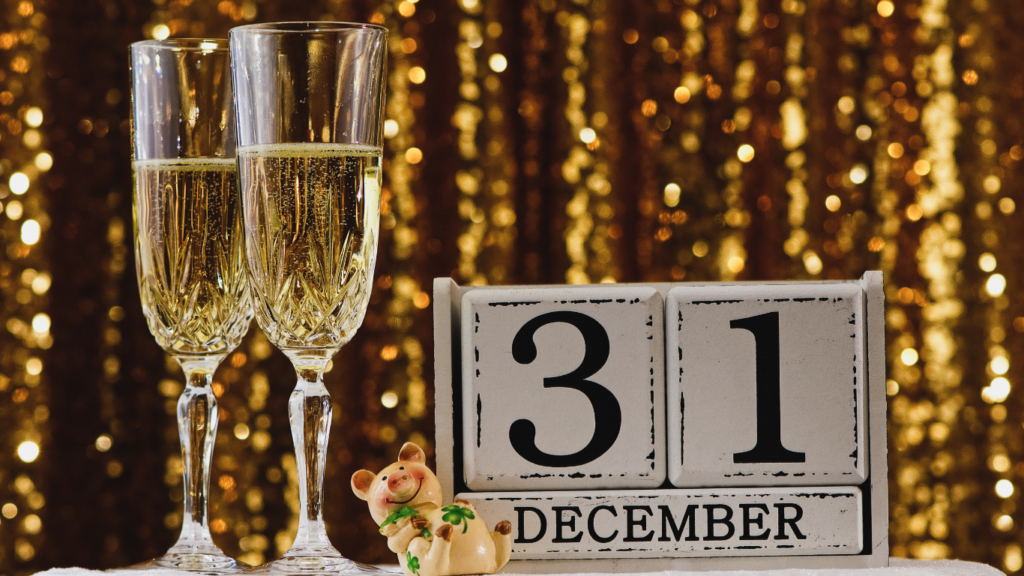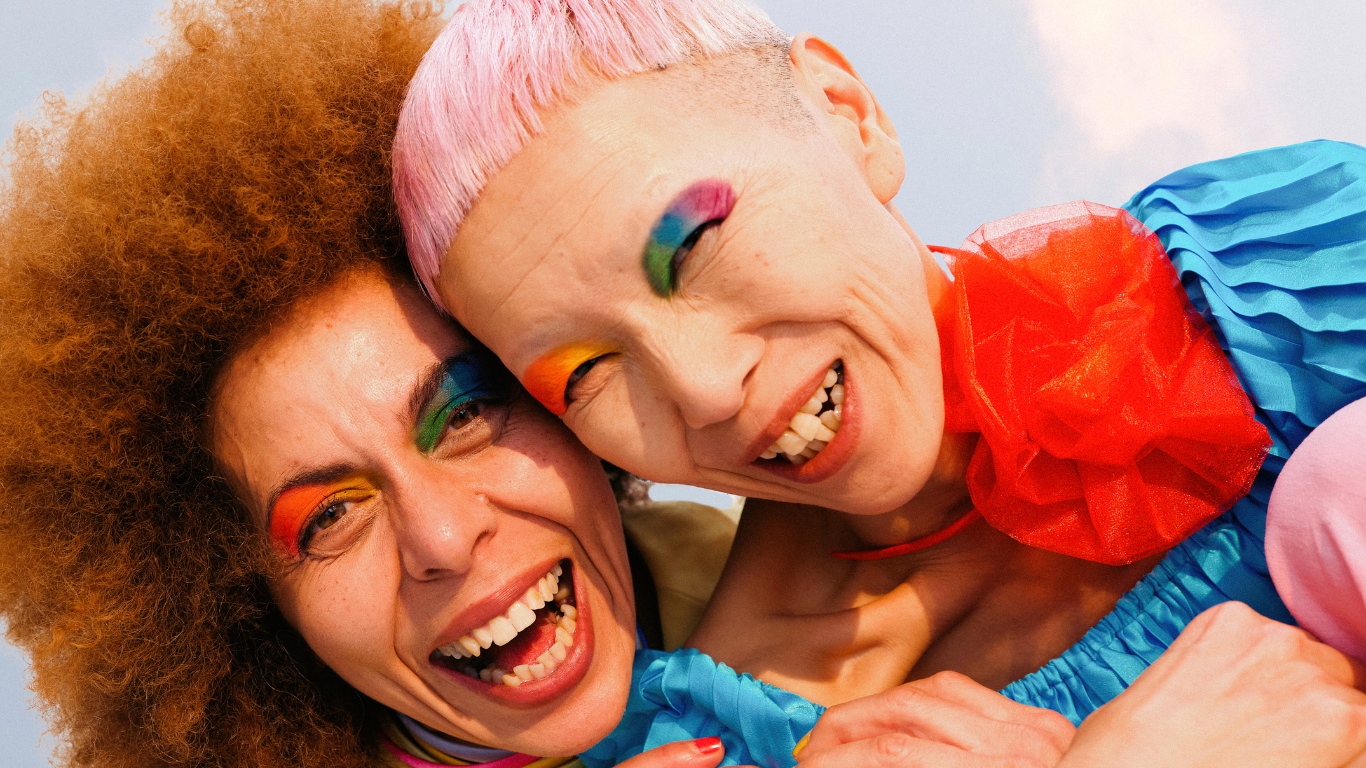50 New Year’s Superstitions Observed in Various Cultures Around the World
Welcoming the New Year is often accompanied by various traditions and superstitions practiced worldwide. Across different cultures, these rituals symbolize hope, luck, and the anticipation of a prosperous year ahead.

Asia
- Japan: “Omisoka” Rituals – Japanese New Year’s Eve traditions involve cleaning homes to welcome Toshigami (the god of the incoming year), eating “toshikoshi soba” (long buckwheat noodles) for longevity, and visiting shrines or temples to pray for luck and blessings in the coming year.
- China: Firecrackers and Red Envelopes – Chinese New Year customs include setting off firecrackers to scare away evil spirits, giving “hongbao” (red envelopes with money) for luck and prosperity, and enjoying reunion dinners with family on New Year’s Eve.
- South Korea: Sebae (New Year’s Bow) – In Korea, New Year’s Day involves a ritual called “sebae,” where younger family members bow to their elders to show respect and receive blessings for the upcoming year.
- Vietnam: Tet Nguyen Dan – Vietnamese Lunar New Year (Tet) traditions include cleaning houses to sweep away bad luck, offering food to ancestors on altars, and visiting relatives to exchange wishes for happiness and prosperity.
- India: Cleaning and Decorations – Indian New Year customs vary across regions, but many involve cleaning homes, decorating with colorful rangoli (art designs), lighting oil lamps for positivity, and preparing traditional sweets.
- Philippines: Round Fruits and Coins – Filipino traditions for New Year’s Eve include displaying round fruits on the table for good luck and prosperity. They also carry coins in pockets or place coins on tables to attract wealth in the coming year.
- Thailand: Water Festival – Songkran, the Thai New Year, is celebrated with a water festival where people splash water on each other, symbolizing washing away bad luck and starting anew.
- Indonesia: Cleaning and Silence – Some Indonesian cultures believe in cleaning homes to welcome the New Year, while others practice a “Day of Silence” called “Nyepi” in Bali, promoting self-reflection and meditation.
- Malaysia: Reunion Dinners and Lion Dances – Malaysian Chinese communities gather for reunion dinners on New Year’s Eve, while lion dances and fireworks are performed to bring luck and scare away negative spirits.
- Nepal: Swinging and Feasting – In Nepal, families swing on bamboo swings called “ping” and enjoy feasts during the New Year celebration, symbolizing fun, prosperity, and good fortune.

Europe
- Scotland: First Footing – In Scotland, the first person to enter a home after midnight (the “first footer”) brings symbolic gifts like coal, bread, or whisky to ensure luck and prosperity for the household in the upcoming year.
- Spain: Eating 12 Grapes – Spaniards eat 12 grapes at midnight, one for each stroke of the clock, believing it brings good luck for each month of the new year.
- England: First Visitor Luck – English superstition suggests that the first person to enter a home in the new year should be a dark-haired man, bringing luck and prosperity.
- Ireland: Opening Doors – Some Irish believe in opening the back door at midnight to let the old year out and welcoming the front door to invite the new year in.
- Russia: Writing Wishes on Paper – Russians write down their wishes for the new year on a piece of paper, burn it, and put the ashes in a glass of champagne to drink at midnight for good luck.
- Italy: Red Underwear – Wearing red underwear on New Year’s Eve is believed to bring good luck and prosperity in Italy.
- Greece: Smashing Pomegranates – Greeks throw a pomegranate on the ground in front of their doorstep to break it open, symbolizing abundance and good fortune.
- Portugal: Eating 12 Raisins – Portuguese tradition involves eating 12 raisins at midnight, one for each stroke of the clock, to ensure prosperity and good luck.
- Denmark: Smashing Plates – Danes collect old plates and dishes and throw them against the doors of friends and family, symbolizing friendship and camaraderie for the coming year.
- Germany: Bleigießen (Lead Pouring) – Germans melt small pieces of lead and pour them into cold water, interpreting the resulting shapes to predict fortunes and prospects for the new year.

Africa
- South Africa: Throwing Out Old Furniture – Some South Africans have a tradition of throwing old furniture out of windows on New Year’s Day to symbolize a fresh start and clear away negative energy.
- Nigeria: Celebrating “Ori” – In Nigeria, the Yoruba tradition of “Ori” emphasizes the significance of the head and starting the New Year positively, symbolizing new beginnings and potential.
- Egypt: Offering Sacrifices – Egyptians perform rituals and offer sacrifices on the banks of the Nile River to ensure a bountiful harvest and blessings for the upcoming year.
- Ethiopia: Celebrating “Enkutatash” – Ethiopians celebrate “Enkutatash,” the Ethiopian New Year, with dancing, feasting, and vibrant processions to usher in a fresh start and new opportunities.
- Ghana: Spiritual Cleansing – Some Ghanaians perform spiritual cleansing rituals at the beginning of the year, seeking purification and protection from negative forces.
- Tanzania: Visiting Ancestors’ Graves – In Tanzania, some communities visit their ancestors’ graves on New Year’s Day to pay respects, seek blessings, and gain guidance for the upcoming year.
- Zimbabwe: Cleansing Rituals – Zimbabweans may engage in cleansing rituals involving burning certain herbs or performing traditional dances to cleanse the spirit and welcome a prosperous new year.
- Kenya: Making Offerings – Kenyans may make offerings and sacrifices, such as pouring libations or leaving food items, to appease spirits and seek blessings for the new year.
- Senegal: Participating in Spiritual Ceremonies – Senegalese communities may participate in spiritual ceremonies involving music, dance, and prayers to attract positivity and blessings for the year ahead.
- Morocco: Lighting Bonfires – In some parts of Morocco, people light bonfires on New Year’s Eve as a symbol of renewal and purification, aiming to start the year on a positive note.

North America
- United States: Watching the Ball Drop – One of the most famous New Year’s traditions in the U.S. is watching the Times Square Ball Drop in New York City, marking the countdown to midnight.
- Canada: Polar Bear Plunge – Some Canadians participate in the “Polar Bear Plunge,” where individuals brave icy waters by jumping in on New Year’s Day, symbolizing a fresh start and courage for the new year.
- Mexico: Colorful Underwear – In Mexico, wearing specific colored underwear on New Year’s Eve is believed to attract luck and fortune; red for love and yellow for prosperity.
- Puerto Rico: Making Noise – Puerto Ricans believe that making loud noises by banging pots and pans at midnight scares away evil spirits and brings good luck for the new year.
- United States: New Year’s Resolutions – Making resolutions for the new year is a common practice in North America, with people setting personal goals or intentions for self-improvement.
- United States: Eating Black-Eyed Peas – Consuming black-eyed peas on New Year’s Day is a Southern tradition in the U.S., believed to bring good luck and prosperity for the year ahead.
- United States: Toasting with Champagne – Champagne toasts at midnight are customary in North America, symbolizing celebration and wishing for a prosperous year ahead.
- Canada: New Year’s Day Brunch – Many Canadians celebrate New Year’s Day with a special brunch, often featuring traditional foods and gatherings with family and friends.
- United States: Kissing at Midnight – The tradition of sharing a kiss with a loved one at the stroke of midnight on New Year’s Eve is believed to bring luck and strengthen relationships.
- Mexico: Sweeping Out Negativity – Some Mexicans practice the tradition of sweeping their homes at midnight on New Year’s Eve, symbolizing sweeping away negative energies and welcoming positive vibes.

South America
- Brazil: Wearing White Clothing – Many Brazilians believe that wearing white clothing on New Year’s Eve brings peace, purity, and good luck for the upcoming year.
- Peru: Carrying Yellow Underwear – In Peru, wearing yellow underwear on New Year’s Eve is thought to bring prosperity, wealth, and good fortune in the coming year.
- Argentina: Eating Beans for Prosperity – Argentinians consume beans on New Year’s Eve, symbolizing economic prosperity and abundance for the upcoming year.
- Colombia: Carrying Empty Suitcases – Some Colombians carry empty suitcases around the block or walk with them to symbolize a year filled with travel and adventure.
- Ecuador: Burning Scarecrows – In Ecuador, the New Year is celebrated by burning effigies or scarecrows called “Año Viejo” (Old Year) to signify leaving behind the past and welcoming new beginnings.
- Chile: Opening Doors and Windows – Chileans open doors and windows at midnight on New Year’s Eve to allow the old year to leave and welcome the new year’s positive energies.
- Venezuela: Running with Luggage – Venezuelans run around the block or the house with luggage in hand on New Year’s Eve, hoping for a year full of travel and opportunities.
- Bolivia: Money in Shoes – Some Bolivians put money in their shoes or wallets on New Year’s Eve to attract financial prosperity and abundance in the coming year.
- Uruguay: Eating 12 Grapes – Similar to the Spanish tradition, Uruguayans eat 12 grapes at midnight, one for each stroke of the clock, for luck and prosperity in each month of the year.
- Paraguay: Breaking Plates – In Paraguay, smashing plates against a wall or door on New Year’s Eve symbolizes leaving behind old grievances and welcoming new relationships.

Caribbean
- Jamaica: Junkanoo Celebrations – In Jamaica, the Junkanoo street parades feature vibrant music, dance, and colorful costumes, symbolizing celebration and joy for the New Year.
- Trinidad and Tobago: Jumping into the Sea – Some Trinidadians and Tobagonians believe that jumping into the sea at midnight on New Year’s Eve brings good luck, prosperity, and a fresh start.
- Cuba: Sweeping Out Negativity – Cubans sweep their homes at midnight on New Year’s Eve to rid the house of negative energies and welcome positive vibes for the coming year.
- Dominican Republic: Eating Grapes – Similar to other traditions, Dominicans eat 12 grapes at midnight, one for each stroke of the clock, to ensure good luck for each month of the new year.
- Haiti: Making Noise – Haitians believe that making loud noises, such as blowing horns or drums, drives away evil spirits and brings good luck and blessings for the new year.
- The Bahamas: Junkanoo Rush-Out – In the Bahamas, Junkanoo Rush-Out celebrations feature parades with lively music, dancing, and elaborate costumes, symbolizing unity and celebration.
- Barbados: Cook-Ups and Parties – Bajans host cook-ups and lively parties on New Year’s Eve, celebrating with traditional foods, music, and dance to welcome the new year.
- Grenada: Walking with Empty Suitcases – Some Grenadians walk around with empty suitcases on New Year’s Day, symbolizing a year filled with travel, adventure, and new opportunities.
- Saint Lucia: Jumping in the Sea for Prosperity – Saint Lucians believe that jumping into the sea at midnight brings prosperity, cleansing, and good fortune for the new year.
- Antigua and Barbuda: John Bull Masquerade – The John Bull Masquerade tradition in Antigua involves masked performers dancing in the streets, symbolizing joy and celebration for the new year.
50 New Year’s Superstitions Observed in Various Cultures Around the World








GIPHY App Key not set. Please check settings